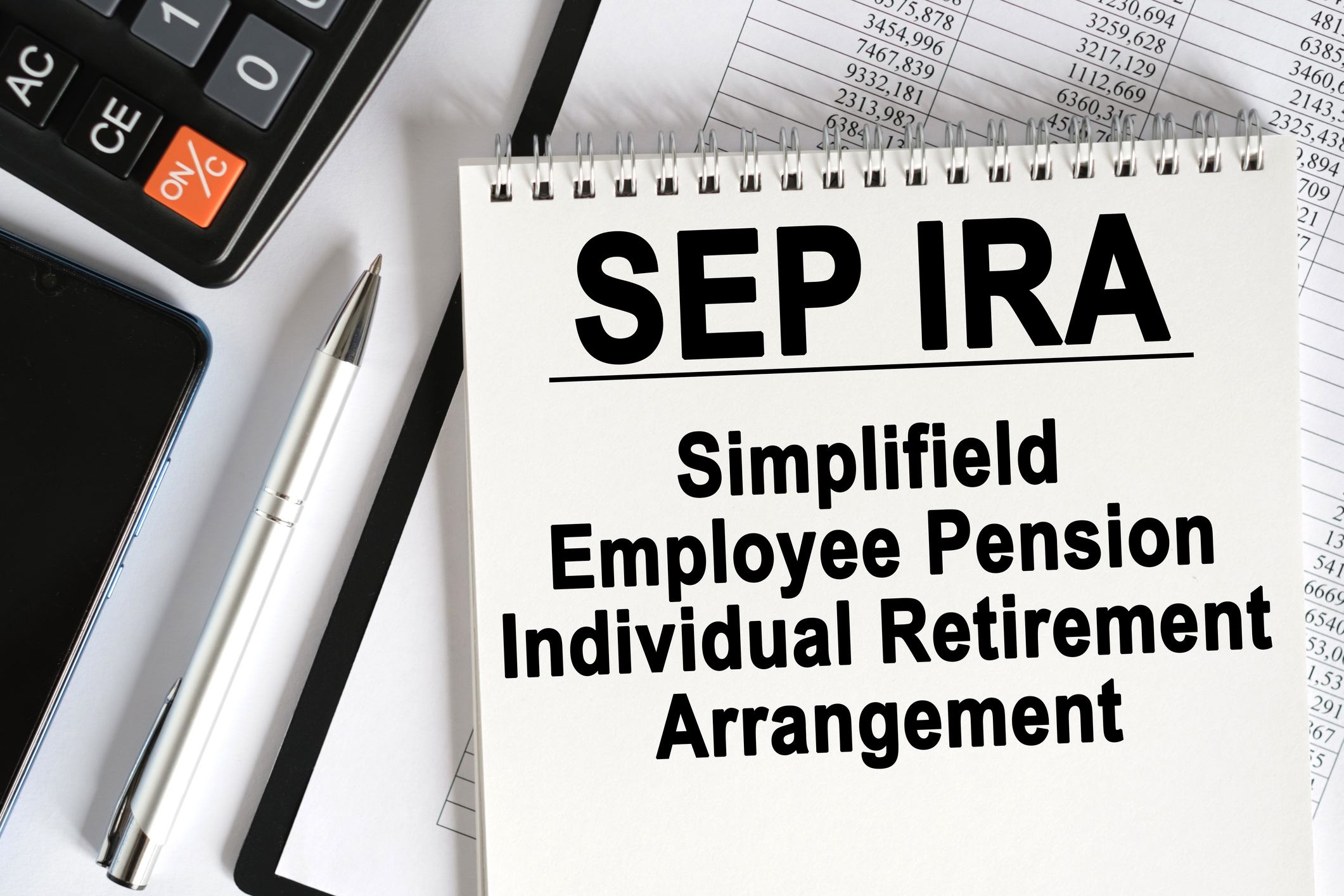A Tough Test for 403(b)s
These retirement plans are subject to new rules.
EDITOR'S NOTE: This article was originally published in the November 2008 issue of Kiplinger's Retirement Report. To subscribe, click here.
Six weeks after classes started, Robert Lever, 57, a high-school business teacher, joined hundreds of placard-carrying educators at a board of education meeting of the Baltimore County Public Schools. The protesters wanted the board to reject a proposal to cut the number of investment providers in their 403(b) plans to one, down from ten.
| Row 0 - Cell 0 | Retirees and the Shrinking Nest Egg |
| Row 1 - Cell 0 | Land on Your Feet After a Downsizing |
| Row 2 - Cell 0 | Jump-Start Your Retirement Plan |
"How can you put people with different expectations and desires into the same provider?" says Lever. The school board capitulated and was expected to approve five providers.
From just $107.88 $24.99 for Kiplinger Personal Finance
Become a smarter, better informed investor. Subscribe from just $107.88 $24.99, plus get up to 4 Special Issues

Sign up for Kiplinger’s Free Newsletters
Profit and prosper with the best of expert advice on investing, taxes, retirement, personal finance and more - straight to your e-mail.
Profit and prosper with the best of expert advice - straight to your e-mail.
Baltimore County was trying to comply with new IRS rules that require 403(b) sponsors to maintain more oversight of investment providers. As of January 1, teachers nationwide will see changes in their 403(b)s, a retirement-savings plan used by school systems and nonprofit organizations.
Like 401(k) plans, 403(b)s permit employees to set aside pretax money for retirement. But 401(k) sponsors must meet a fiduciary standard that obliges them to find low-cost investment options. School districts have taken a hands-off approach, often approving as many as 30 vendors -- many selling annuities with high fees. "The participant would ask for vendors, and the sponsors added them," says John Begley, executive vice-president with Fidelity Investments, a provider for many 403(b) plans.
The new rules require sponsors for the first time to draw up a formal document that details standards for eligibility and for how participants can take loans and make hardship withdrawals. Sponsors must also draw up agreements with vendors.
School districts are likely to vary in their response. In some, low-cost mutual funds could replace some annuity choices. In others, annuities could prevail. But new monitoring mandates will prompt many districts to reduce the number of vendors. "It is too difficult to manage multiple vendors in this new environment," says Dan Otter, a former teacher who operates the Web site 403bwise.com. "That's a good thing if the vendors that remain are low cost."
When Maryland's Montgomery County school district requested bids from investment providers, it ruled out mutual funds with sales charges and certain variable-rate annuities, says John Kevin, the district's investment officer. "A majority of the companies came up with better, lower-cost products," he says.
The district dropped from 14 vendors to nine in 2007, but the vendors offer about 3,000 investment options. Kevin says it's up to employees to research options. "We're not saying that because this vendor is here, it has good investment options," he says. "Teachers need to educate themselves."
If You Don't Like the Choices
Before September 24, 2007, teachers who didn't like the choices could transfer to providers outside the plan. You can still ask for a transfer, but the IRS rules severely restrict this escape hatch. The financial institution receiving your money must agree to share information with your employer. Outside providers may not want this headache.
Otter expects that teachers in many districts will demand low-cost options. But if that fails, you can forgo the 403(b) and contribute to an IRA instead. "In an IRA, you can put your money in almost anything," says Scott Dauenhauer, a certified financial planner in Laguna Hills, Cal.
However, the contribution limits for an IRA are much lower than they are for a 403(b). Individuals can contribute up to $5,000 to an IRA, plus a catch-up contribution of $1,000 for those 50 or older. With a 403(b), you can contribute $16,500 in 2009, plus a $5,500 catch-up contribution and an extra $3,000 for five years after 15 years of employment.
For many teachers, lower contribution limits may not be important. Their 403(b) plans often supplement defined-benefit plans. And many don't fully fund their 403(b) plans.
For more authoritative guidance on retirement investing, slashing taxes and getting the best health care, click here for a FREE sample issue of Kiplinger's Retirement Report.
Profit and prosper with the best of Kiplinger's advice on investing, taxes, retirement, personal finance and much more. Delivered daily. Enter your email in the box and click Sign Me Up.
-
 Should You Renew Your CD?
Should You Renew Your CD?With rate cuts impacting earnings, we examine if now is a wise time to renew CDs.
-
 7 Ways to Plan Now to Save on Medicare IRMAA Surcharges Later
7 Ways to Plan Now to Save on Medicare IRMAA Surcharges LaterUnderstand the critical two-year lookback period and why aggressive planning before you enroll in Medicare is the most effective way to minimize IRMAA.
-
 Law Reversal Looming? Trump Eyes 2026 Gambling Winnings Tax Change
Law Reversal Looming? Trump Eyes 2026 Gambling Winnings Tax ChangeTax Deductions It's no secret that the IRS is coming after your gambling winnings in 2026. But how long will that last?
-
 457 Plan Contribution Limits for 2026
457 Plan Contribution Limits for 2026Retirement plans There are higher 457 plan contribution limits in 2026. That's good news for state and local government employees.
-
 Medicare Basics: 12 Things You Need to Know
Medicare Basics: 12 Things You Need to KnowMedicare There's Medicare Part A, Part B, Part D, Medigap plans, Medicare Advantage plans and so on. We sort out the confusion about signing up for Medicare — and much more.
-
 The Seven Worst Assets to Leave Your Kids or Grandkids
The Seven Worst Assets to Leave Your Kids or Grandkidsinheritance Leaving these assets to your loved ones may be more trouble than it’s worth. Here's how to avoid adding to their grief after you're gone.
-
 SEP IRA Contribution Limits for 2026
SEP IRA Contribution Limits for 2026SEP IRA A good option for small business owners, SEP IRAs allow individual annual contributions of as much as $70,000 in 2025, and up to $72,000 in 2026.
-
 Roth IRA Contribution Limits for 2026
Roth IRA Contribution Limits for 2026Roth IRAs Roth IRAs allow you to save for retirement with after-tax dollars while you're working, and then withdraw those contributions and earnings tax-free when you retire. Here's a look at 2026 limits and income-based phaseouts.
-
 SIMPLE IRA Contribution Limits for 2026
SIMPLE IRA Contribution Limits for 2026simple IRA For 2026, the SIMPLE IRA contribution limit rises to $17,000, with a $4,000 catch-up for those 50 and over, totaling $21,000.
-
 457 Contribution Limits for 2024
457 Contribution Limits for 2024retirement plans State and local government workers can contribute more to their 457 plans in 2024 than in 2023.
-
 Roth 401(k) Contribution Limits for 2026
Roth 401(k) Contribution Limits for 2026retirement plans The Roth 401(k) contribution limit for 2026 has increased, and workers who are 50 and older can save even more.